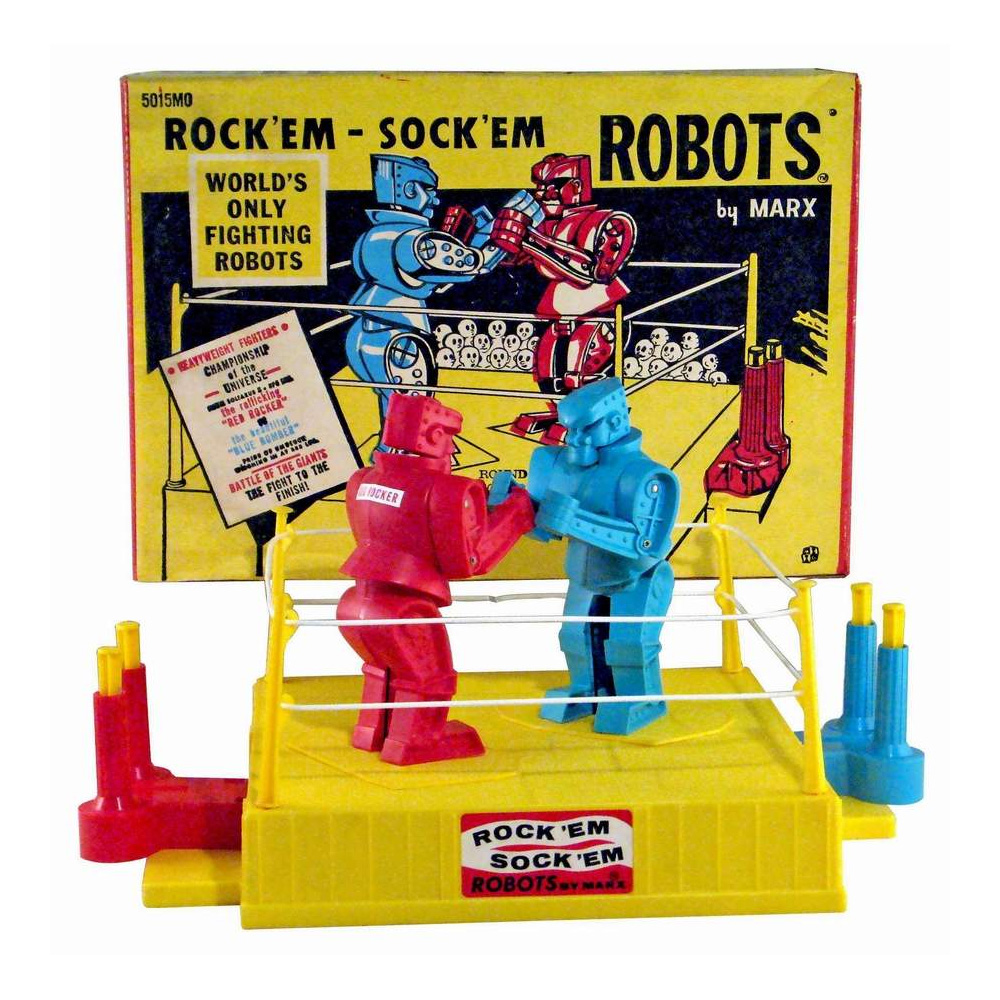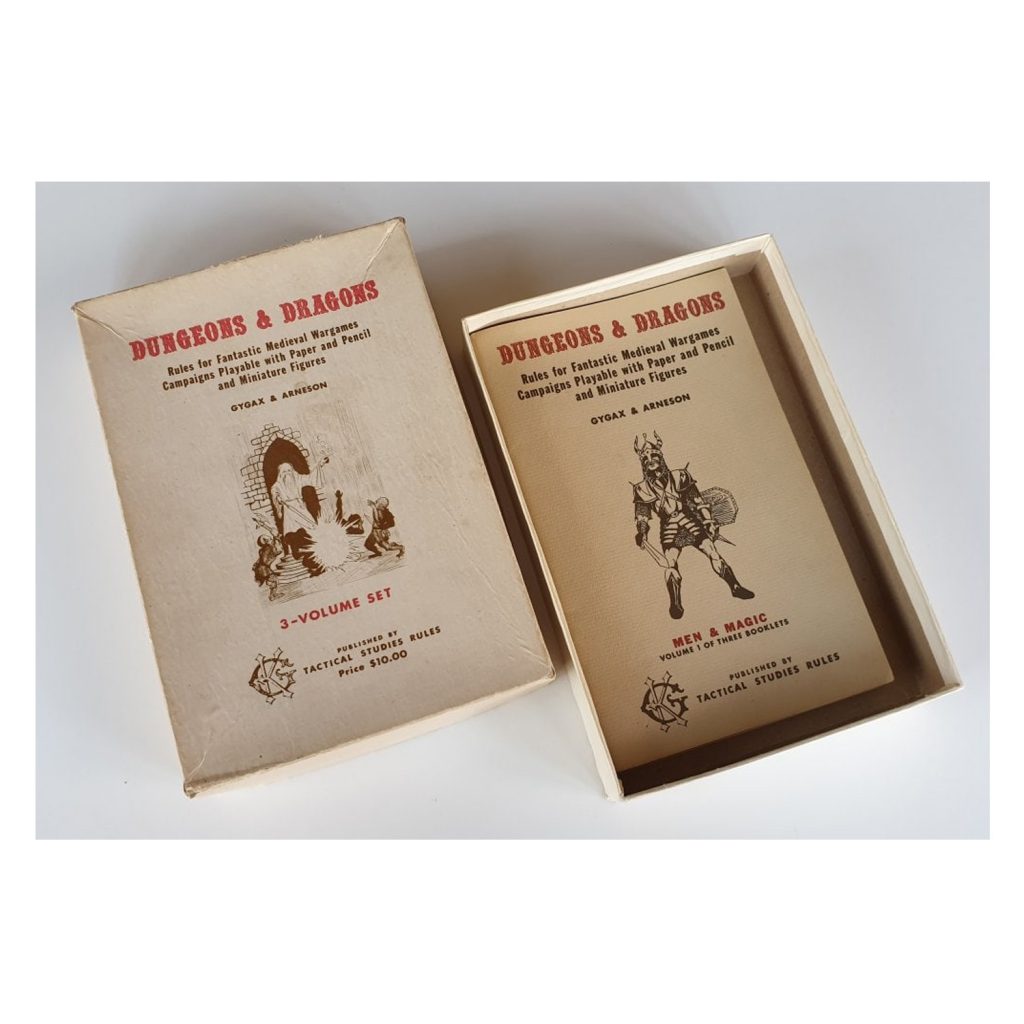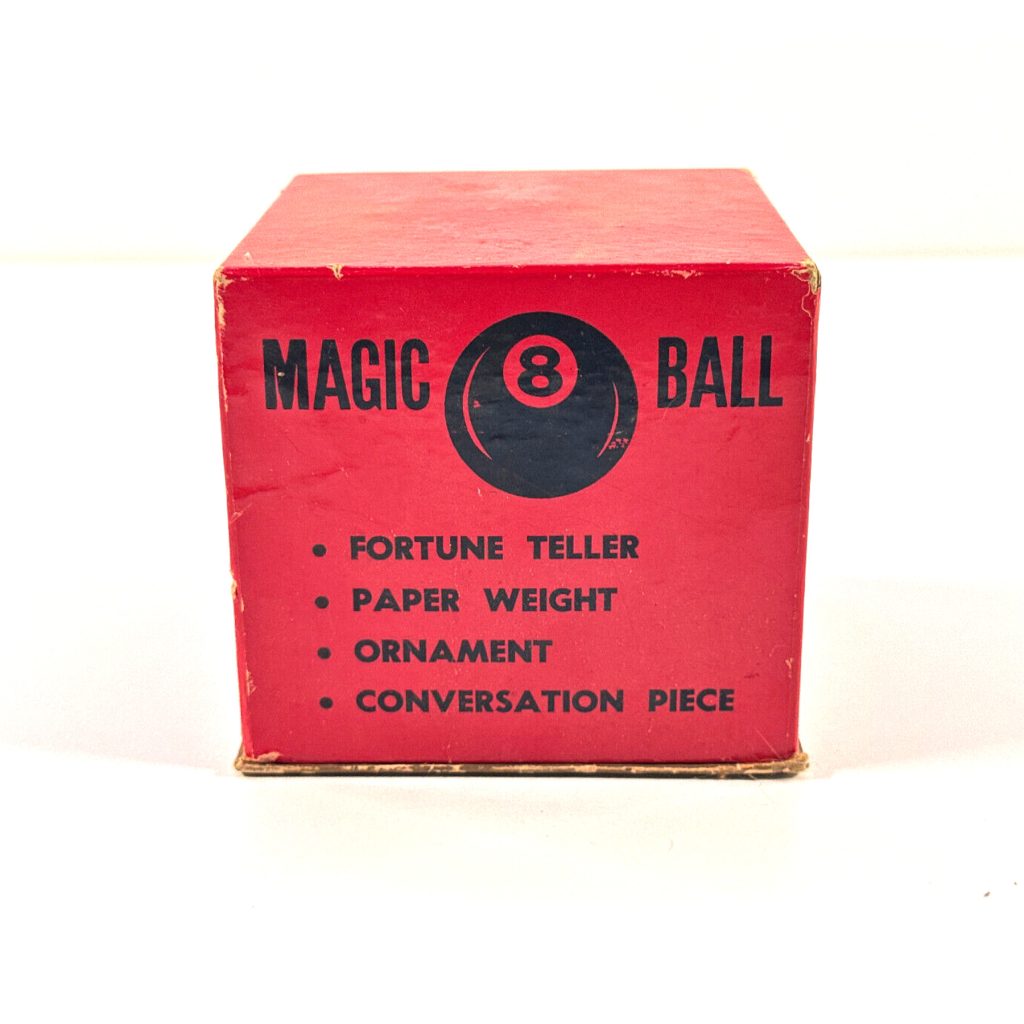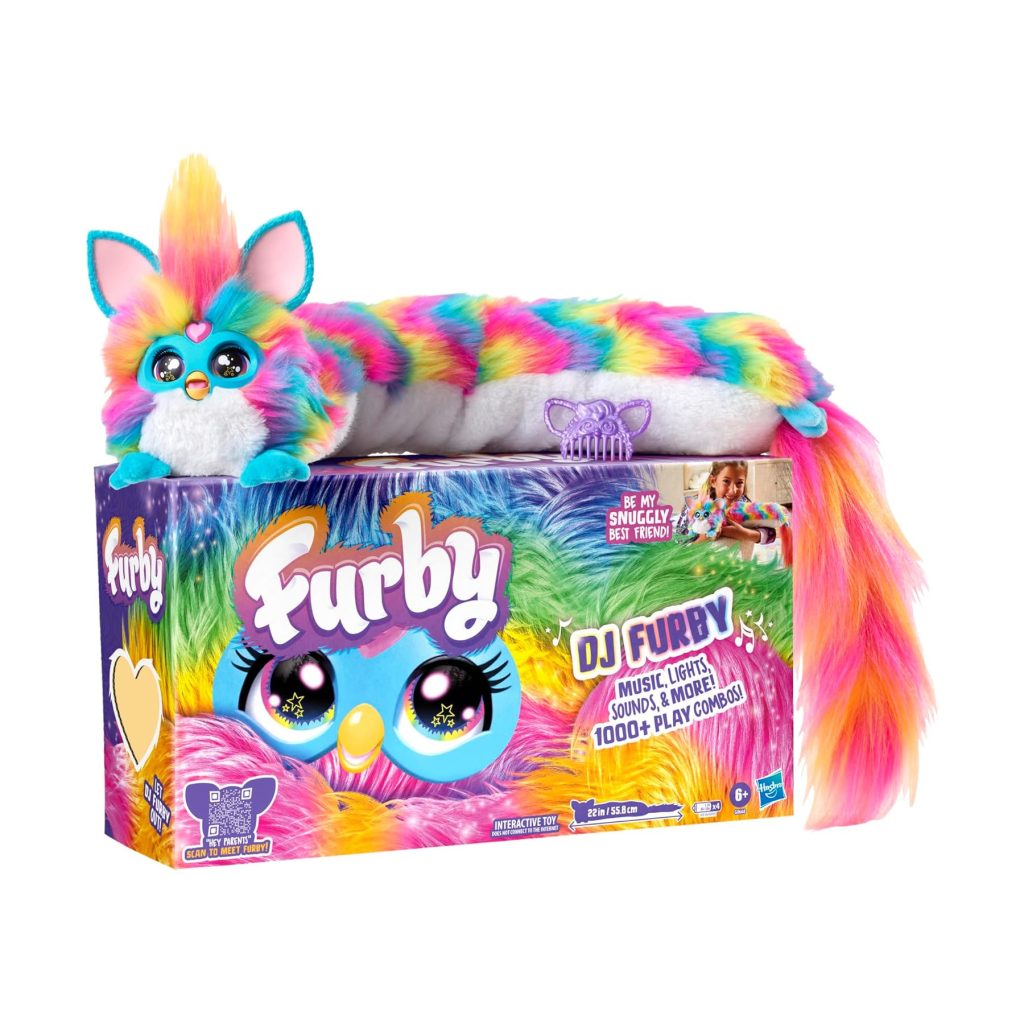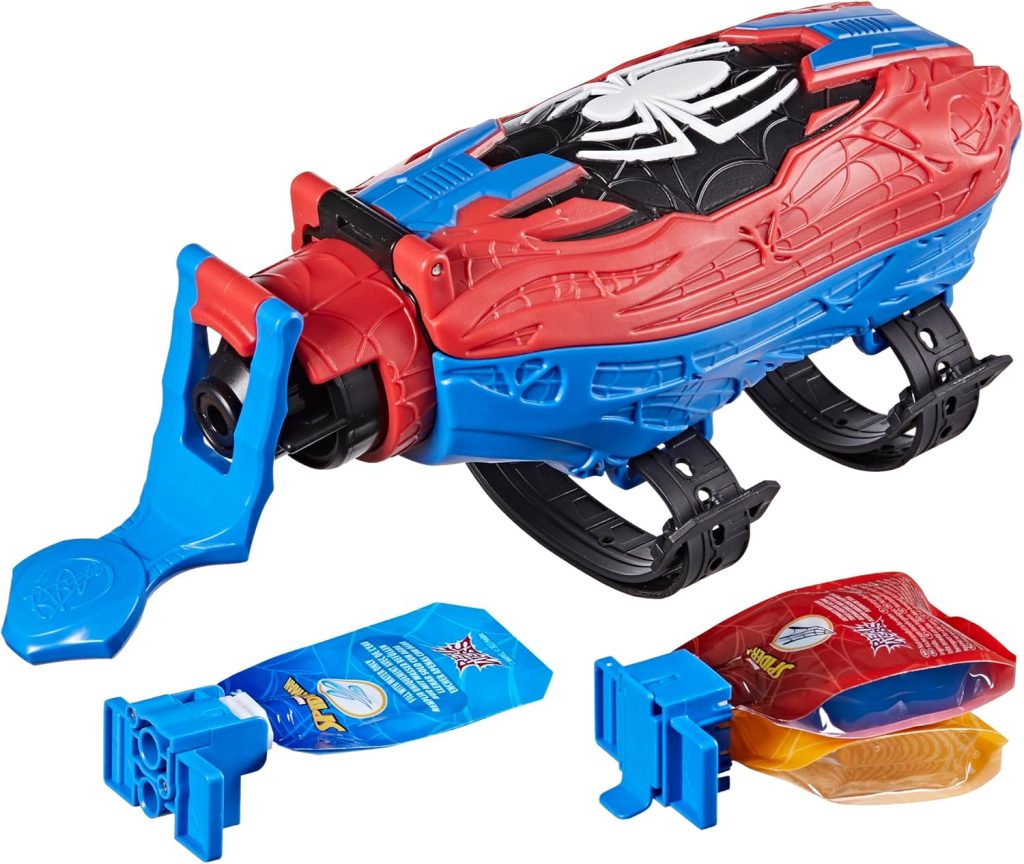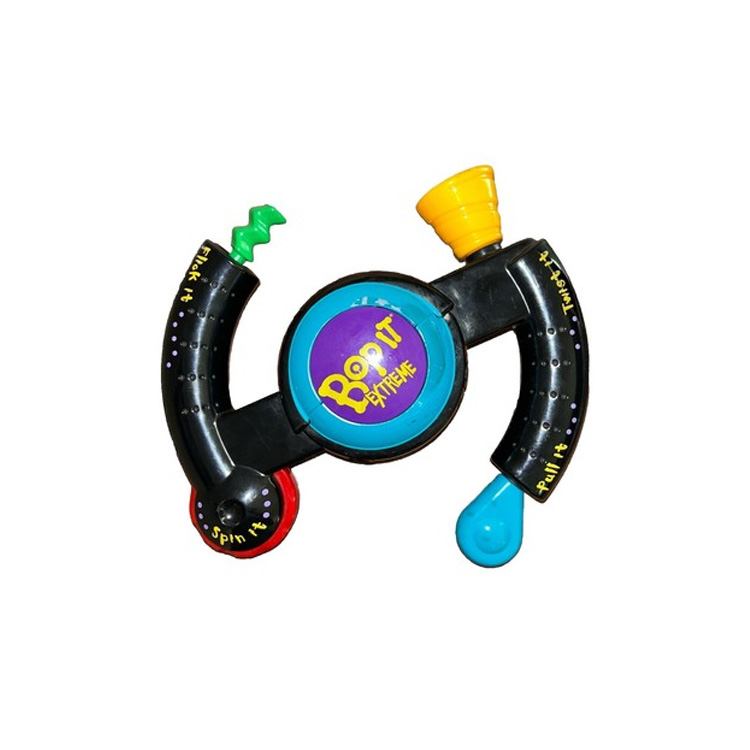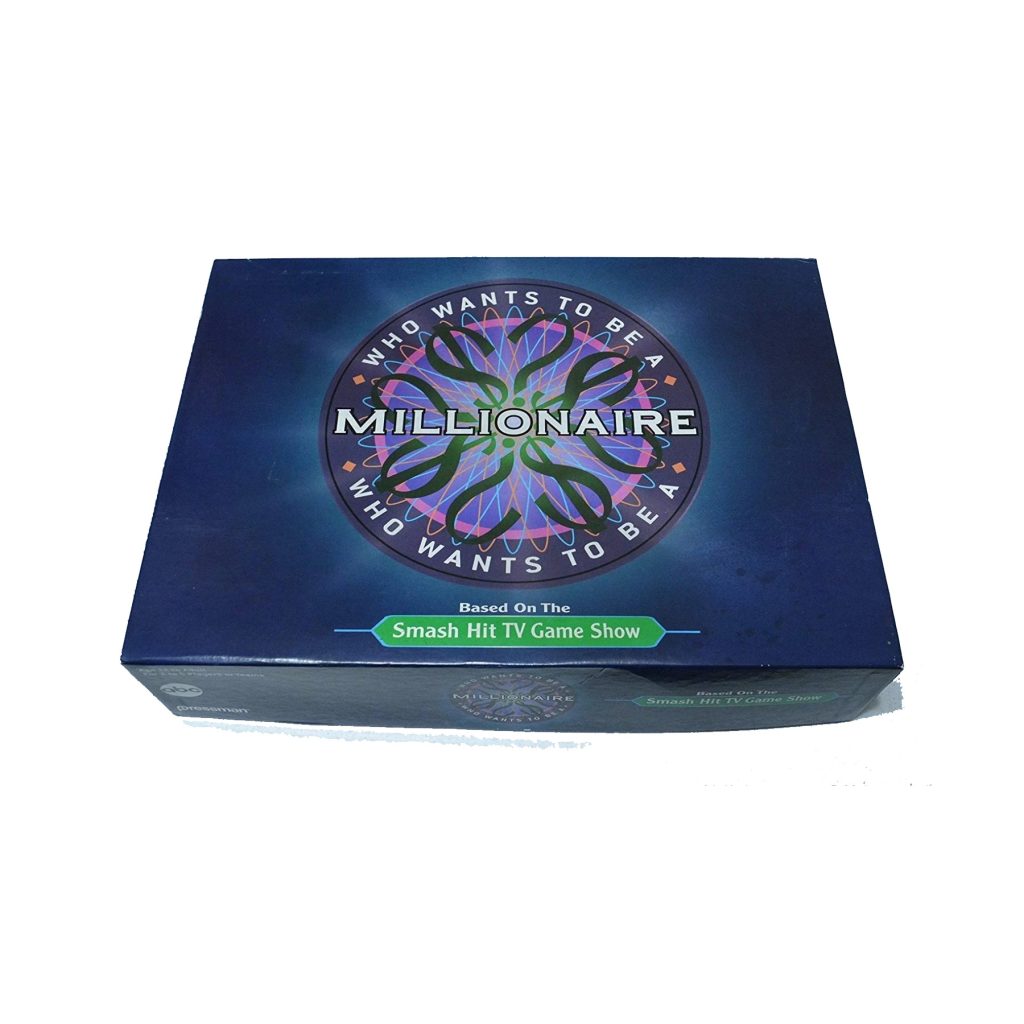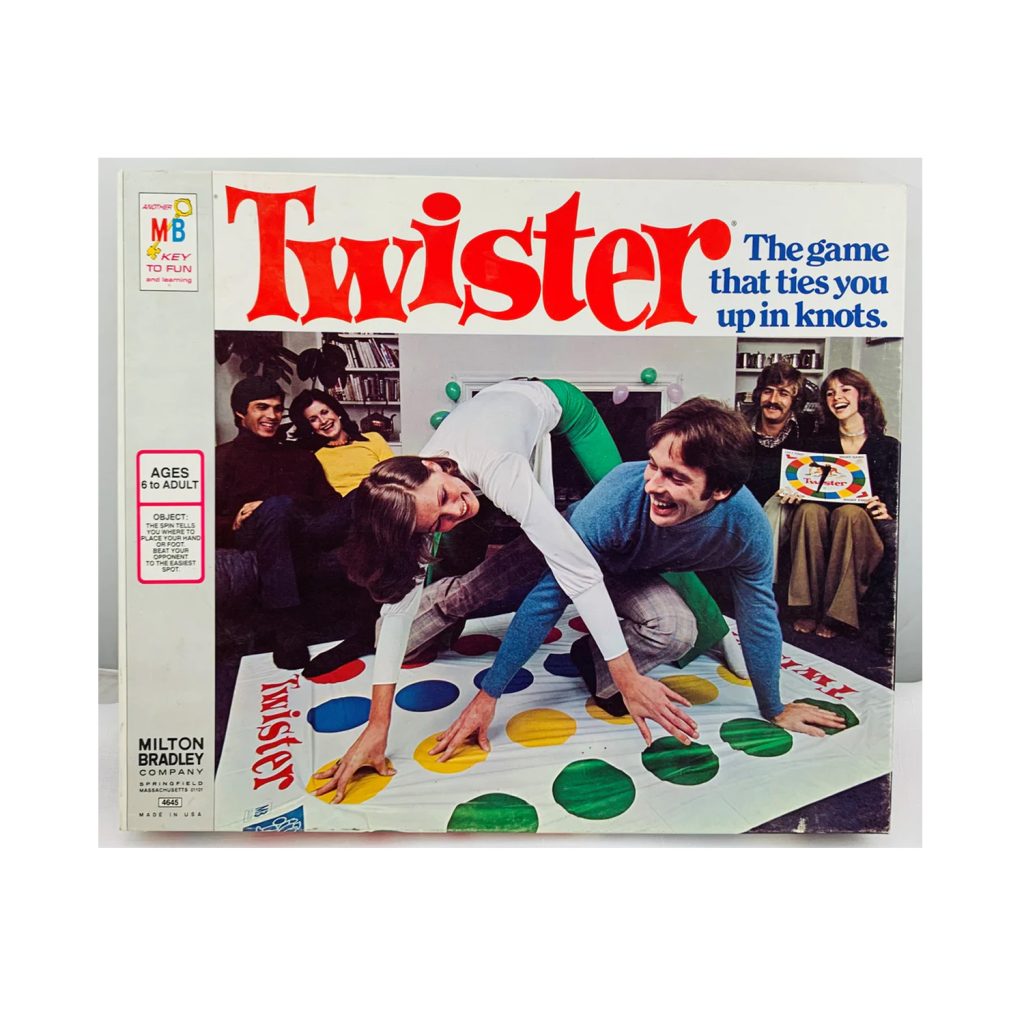
⏰ “Don’t leave it too late — some Christmas best-sellers sell out early each year.”
Twister Family Game Top 10 Christmas Toys 1974
Twister Family Game Top 10 Christmas Toys 1974
The Twister Family Game brought laughter, chaos, and a bit of physical comedy to Christmas 1974. Picture the scene: the plastic mat rolled out on the living-room carpet, brightly coloured circles gleaming under the fairy lights. The spinner clacked, someone shouted, “Right hand on red!” and within minutes, children and adults alike were tangled in a knot of limbs, giggling uncontrollably. Unlike many toys of the time, Twister wasn’t about competition alone—it was about connection, silliness, and memories that lasted long after the mat was folded away.
1974: A Year in Context
1974 in the UK was a difficult year for families. The three-day working week and energy crises shaped daily routines, while strikes and political uncertainty loomed large. Yet amidst the gloom, families turned to entertainment for relief. Glam rock bands like Slade and Sweet filled the airwaves, television variety shows drew huge audiences, and toys that encouraged togetherness thrived. Twister fitted perfectly: a game that required no electricity, only laughter, and a willingness to get tangled up in the fun.
The Rise of Twister
Twister first appeared in the 1960s, but by the mid-1970s it had gained renewed popularity in Britain. Marketed by Milton Bradley (later part of Hasbro), the game was unlike anything else in toy shops. It wasn’t about dice or strategy—it was about stretching, balance, and collapsing in heaps of laughter. The mat’s simple design, with red, yellow, blue, and green circles, made it instantly recognisable. In 1974, many families added it to their Christmas lists as a game everyone—from kids to grandparents—could play together.
Christmas Morning Fun
On Christmas Day, Twister turned living rooms into arenas of hilarity. The mat was spread out, the spinner clicked, and children dragged siblings and cousins into matches. Soon, hands and feet crisscrossed as players tried desperately to stay upright. Parents often joined in, adding to the chaos and delight. The game’s appeal was immediate: no long instructions, no waiting turns—just instant fun. For many families, it became a Christmas tradition, rolled out year after year alongside Monopoly and Cluedo.
Adverts and Cultural Appeal
Twister’s adverts leaned on its uniqueness. Unlike static board games, it promised action, laughter, and a bit of physical challenge. Its colourful imagery made it stand out in catalogues, and toy shop displays often had demonstration mats laid out, tempting kids to test their balance. In a year when families needed affordable fun, Twister became a bright spot in the toy aisles. Its reputation for being both silly and sociable cemented it as one of the most memorable games of the decade (see Twister game history).
Price Then and Now
In 1974, a Twister Family Game retailed for around £4.99, which equates to about £50 today. Affordable and durable, it offered excellent value because it could be reused endlessly. Unlike toys that broke or wore out, the mat and spinner kept delivering fun year after year. Today, vintage sets are collectable, but modern versions are still sold widely—proof that its appeal hasn’t faded in five decades.
Why Families Loved It
Twister’s magic lay in its simplicity. It turned physical awkwardness into joy, requiring balance and flexibility but rewarding laughter above all. It worked across ages, encouraging children, teenagers, and adults to join in. Importantly, it brought families together at a time when entertainment often centred on the television. In a year marked by power shortages, Twister needed no electricity, only space on the floor and a sense of humour.
Nostalgia and Legacy
Ask anyone who played Twister in the 1970s, and they’ll recall the giggles, the falls, and the fun of watching Dad topple over while reaching for a yellow circle. For many, it became the highlight of family gatherings, weddings, and birthday parties, extending far beyond Christmas. Twister has since achieved cultural icon status, referenced in films, TV, and pop culture. Yet its essence remains unchanged: a mat, a spinner, and guaranteed laughter.
1974 Christmas Memories
Families remember cousins piled on top of one another, mums refereeing with the spinner, and grandparents laughing until they cried. The game often followed Christmas dinner, when bellies were full and nobody minded a tumble or two. The mix of competition and comedy meant every round ended with applause. For children, Twister was proof that sometimes the simplest toys made the best memories.
Conclusion
The Twister Family Game of 1974 proved that fun didn’t need to be complicated. Affordable, colourful, and endlessly replayable, it captured the spirit of family togetherness during a difficult year. If you unrolled a mat that Christmas, revisit it and other treasures in our Top 10 Christmas Toys 1974 archive. Explore how Twister fits into the most popular Christmas toys of all time, and compare it with today’s holiday hits in our Top 10 Christmas Toys 2025 guide. Half a century later, Twister remains a game that quite literally brought families closer together.
Some links on our site are affiliate links. If you buy through them, we may earn a small commission — at no extra cost to you. 🎄
⏰ “Don’t leave it too late — some Christmas best-sellers sell out early each year.”
Available From:

